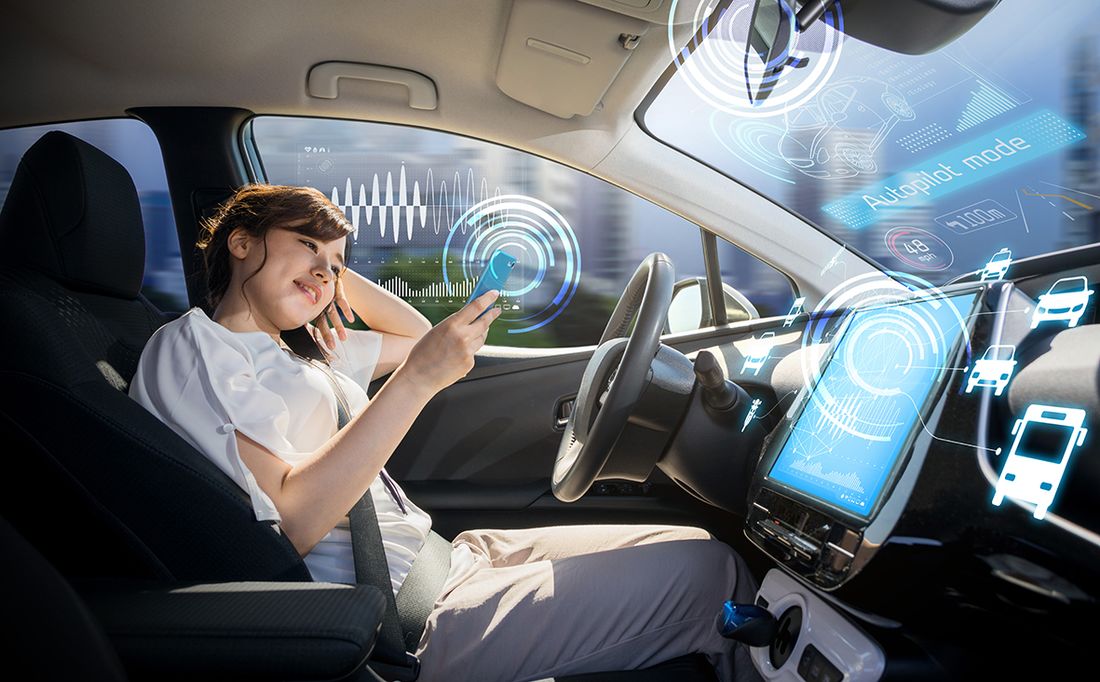Introduction
In an era where technology is rapidly transforming every aspect of our lives, the healthcare sector is no exception. Just as the development of autonomous driving has reshaped our approach to transportation, Clinical Decision Support Systems (CDSS) are poised to revolutionize healthcare.
These advanced systems, powered by cutting-edge technology, are making healthcare more efficient, accurate, and accessible. In this blog, we'll explore the evolution of CDSS, drawing parallels with the stages of autonomous driving to illustrate the journey from manual, human-dependent processes to fully automated, AI-driven decision-making.
Meet Dr.Sivakumar
Dr. Sivakumar is a diabetic care practitioner based in a tier 2 city in India. His journey began in 2004 when he started capturing digital health records on behalf of his patients at his clinic. This approach significantly reduced the burden on patients who no longer needed to carry physical paper records. Moreover, it enabled Dr. Sivakumar to provide better care by facilitating easy retrieval of vital parameters such as blood sugar levels, pulse, BMI, and blood pressure. Additionally, the digitization of health records allowed him to provide printed prescriptions, which increased patient compliance compared to the traditional method of handwritten prescriptions.
In 2009, Dr. Sivakumar and his team built an electronic medical records (EMR) system for their clinic with the help of a software development company. This implementation resulted in a reduction in operational tasks, freeing up more time for providing enhanced care to patients. By using the EMR system, Dr. Sivakumar was able to identify prescription patterns and deliver faster and more effective medications to his patients. The system also provided the ability to visualize trends in vital parameters and review past performance, enabling him to make prompt and informed decisions in patient care.
Level 0: Scribbling vs. Human-Dependent
In the early days of driving, everything was manual, relying heavily on the driver’s skill and experience. Similarly, healthcare professionals (HCPs) once depended on handwritten notes and manual processes for decision-making. This method was time-consuming, prone to errors, and highly dependent on human memory and judgment.
Decisions were made based on the information scribbled on paper, often leading to delays and inefficiencies. Just as early drivers needed to navigate without any assistance, HCPs had to make critical decisions with limited tools at their disposal.
Level 1: Formula and Assistance
The advent of driver assistance systems marked a significant leap forward, providing drivers with tools to make driving safer and easier. In parallel, early CDSS began to emerge, offering healthcare professionals basic formulas and calculations to assist in their decision-making.
For example, a simple Body Mass Index (BMI) formula could quickly assess obesity, and reminders could help bridge the gap between current and target values in patient care. These early tools were akin to the first steps in automation, providing valuable assistance without taking full control.
Level 2: Automation and Digitalization
As partial automation became a reality in driving, with systems capable of performing specific tasks autonomously, CDSS also evolved. Automatic calculations, digital reminders, notifications, and seamless communication via platforms like WhatsApp or email became commonplace.
Healthcare professionals could now rely on automatic eGFR calculations, using complex formulae that were previously too challenging to perform manually.
This stage represented a significant shift towards greater efficiency and accuracy in healthcare, much like partial driving automation reduced the burden on drivers.
Level 3: Rule-Based and Decision Trees
Conditional driving automation brought us vehicles capable of making decisions based on pre-defined rules. Similarly, CDSS advanced to incorporate rule-based decisions, utilizing medical algorithms, decision trees, and flowcharts to guide healthcare professionals.
Digitizing these algorithms required collaboration between medical and tech teams, but the outcomes were transformative. Healthcare professionals could now make informed choices more quickly and accurately, thanks to the structured guidance provided by these systems.
Level 4: Heuristics and Experience
High driving automation leverages the vehicle's ability to learn from experience, making more nuanced and informed decisions. In healthcare, heuristic CDSS use accumulated medical wisdom and validated health data for machine learning, simulating the human brain's decision-making process.
Level 5: AI-Driven and Fully Automatic
The pinnacle of driving automation is the fully autonomous vehicle, capable of navigating without human intervention. In healthcare, AI-driven CDSS represents this ultimate level of sophistication, providing dynamic, real-time support for precision decision-making.
While the journey to full automation is ongoing, the advancements in technology and collaboration among brilliant minds are accelerating progress. These systems have the potential to revolutionize healthcare, offering unparalleled speed, efficiency, and accuracy.
Diax.ai: The Future of CDSS in Healthcare Level 5
With a vision akin to achieving Level 5 autonomous driving, Diax.ai is at the forefront of CDSS innovation. Just as AI takes the wheel in autonomous driving, Diax.ai aims to elevate healthcare decision support to the zenith of AI-driven precision. The goal is to create a system that empowers individuals, healthcare professionals, researchers, and healthcare entities with the tools they need to make the best possible decisions quickly and efficiently.
By embracing the latest advancements in AI and machine learning, Diax.ai is paving the way for a future where healthcare decisions are as automated and reliable as the most advanced autonomous vehicles.
In conclusion, the journey of CDSS from manual, human-dependent processes to fully automated, AI-driven systems mirrors the evolution of autonomous driving. Each stage represents a significant leap forward, bringing us closer to a future where healthcare is more efficient, accurate, and accessible than ever before. As technology continues to advance, the possibilities for improving healthcare are limitless, promising a brighter, healthier future for all.
